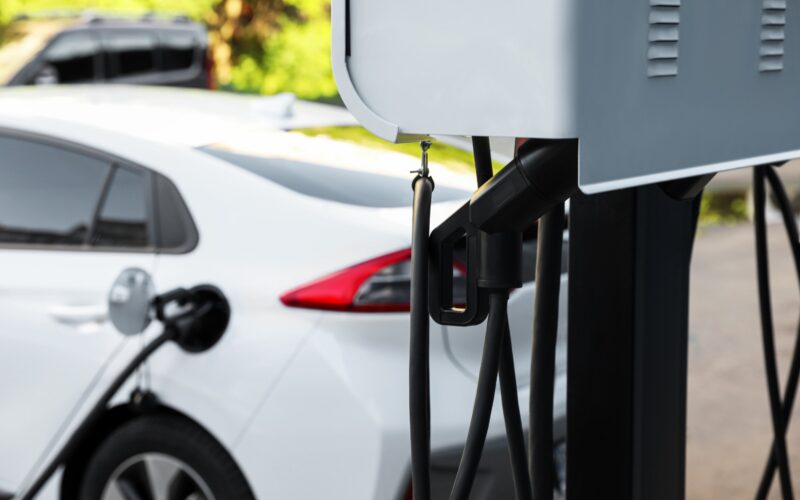Electric vehicle (EV) charging stations are pieces of equipment that link electric cars (EVs) to a power source in order to recharge their batteries. Domestic EV charging infrastructure has advanced swiftly under the combined function of policy and market, resulting in an outstanding industrial basis.
An electric vehicle (EV) is a necessary component of an EV vehicle. All-electric vehicles do not have a gas tank; instead of filling a gallon of petrol, you just connect your vehicle into a charging station to generate fuel. The EV motorist charges his car at home an average of 80% of the time. Here’s a guide to the different types of electric car charging stations.
Advance types of EV charging stations
Charging an electric car is a straightforward process: simply plug your vehicle into a charger that is linked to the power grid. However, not all EV charging stations (often referred to as electric vehicle supply equipment or EVSE) are manufactured. Some are simple EV charging stations in India to install by connecting them into a conventional wall outlet, while others need specialist installation. The amount of time it takes to charge your automobile depends on the charger you choose.
Level 1 charging
Chargers have a normal 120 V AC socket and may be inserted into any regular outlet. Level 1 charger unlike other types of chargers; do not require the installation of any extra equipment. These chargers, which are often used at home, generally give between two and five thousand ranges every loading hour.
Level 1 charger is the most costly EVSE option, but they charge your car’s battery the slowest. These chargers are frequently used by homeowners to power their vehicles overnight.
Level 2 charging
Level 2 is the industry standard for daily charging and operates on a 208/240V AC power supply. A 30amp charging station, which has double the power of an 110V outlet, can charge electric automobiles at a rate of 25 miles per hour. At this rate, an EV motorist may charge completely throughout the workday or while parked overnight.
Level 3 DC Fast charging
DC Fast Charging stations have a voltage range of 200-600V DC and a power output of 50+ kW. The majority of these high-power charging stations can charge an EV in under an hour. Because these charging stations utilise a lot of power and are more expensive to build, you’ll usually find them near highways and major centres. The primary use for DCFC is road trips in which you drive in your EV and need to recharge along the way.
What about Tesla Superchargers?
The availability of “Superchargers” dispersed across India is one of Tesla’s primary selling factors for electric automobiles. These supercharged charging stations, which are built, can charge a Tesla battery in around 30 minutes. Tesla Superchargers, on the other hand, are built solely for Tesla vehicles, which means that if you own a non-Tesla EV, you will be unable to use Supercharger stations. Every year, Tesla customers receive 400 kWh of complimentary Supercharger credits, which is enough to drive around 1,000 miles.

